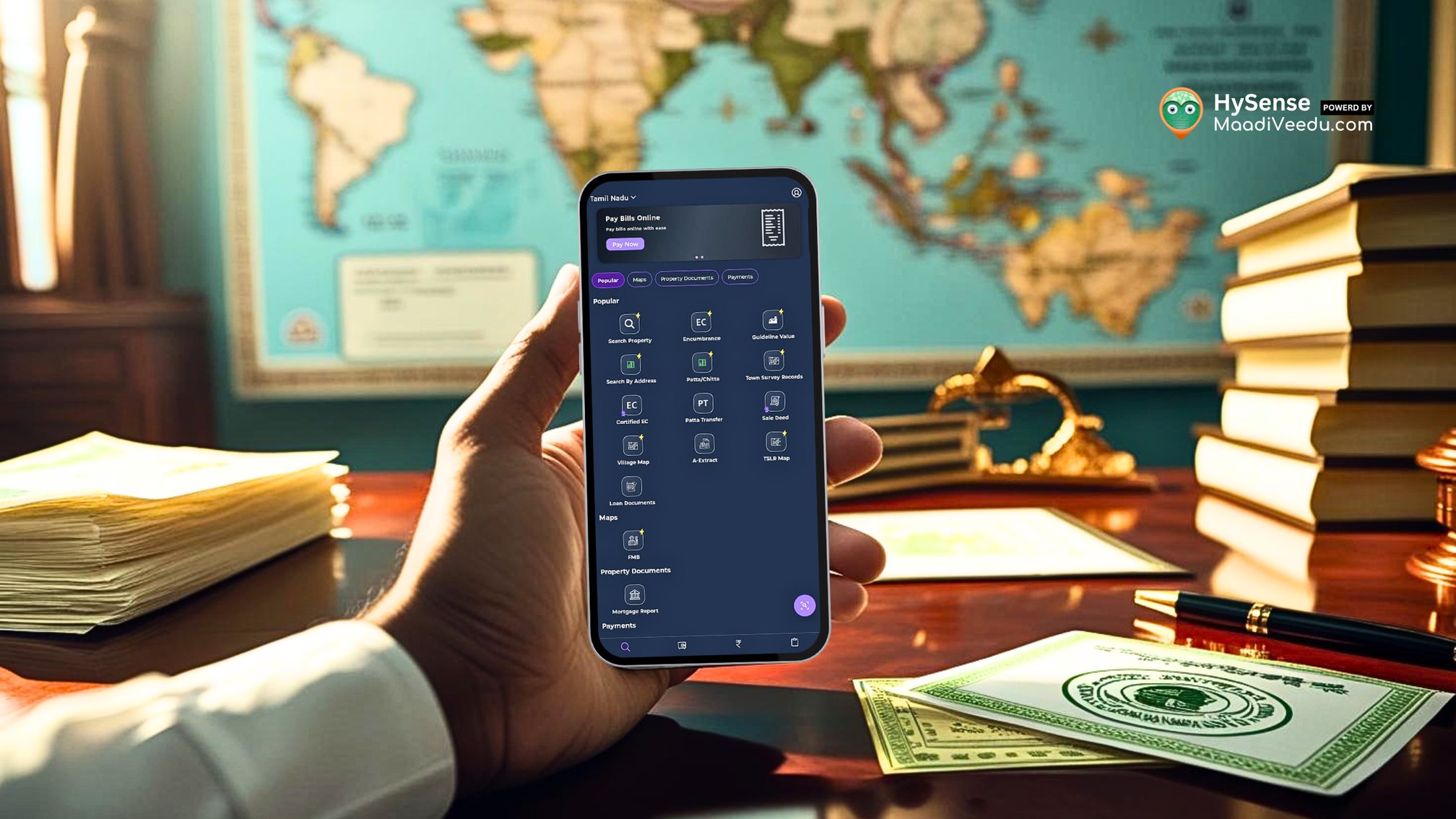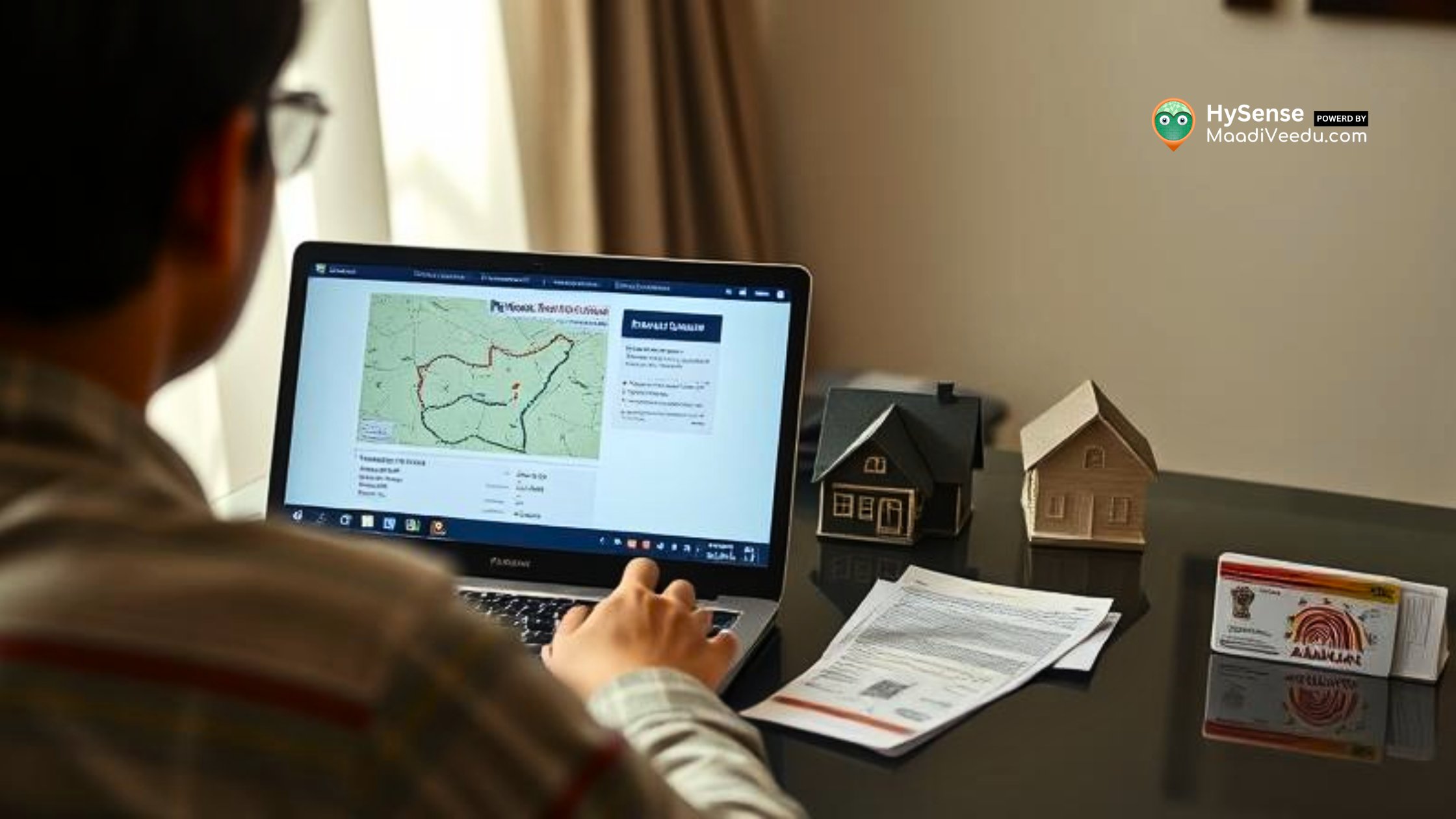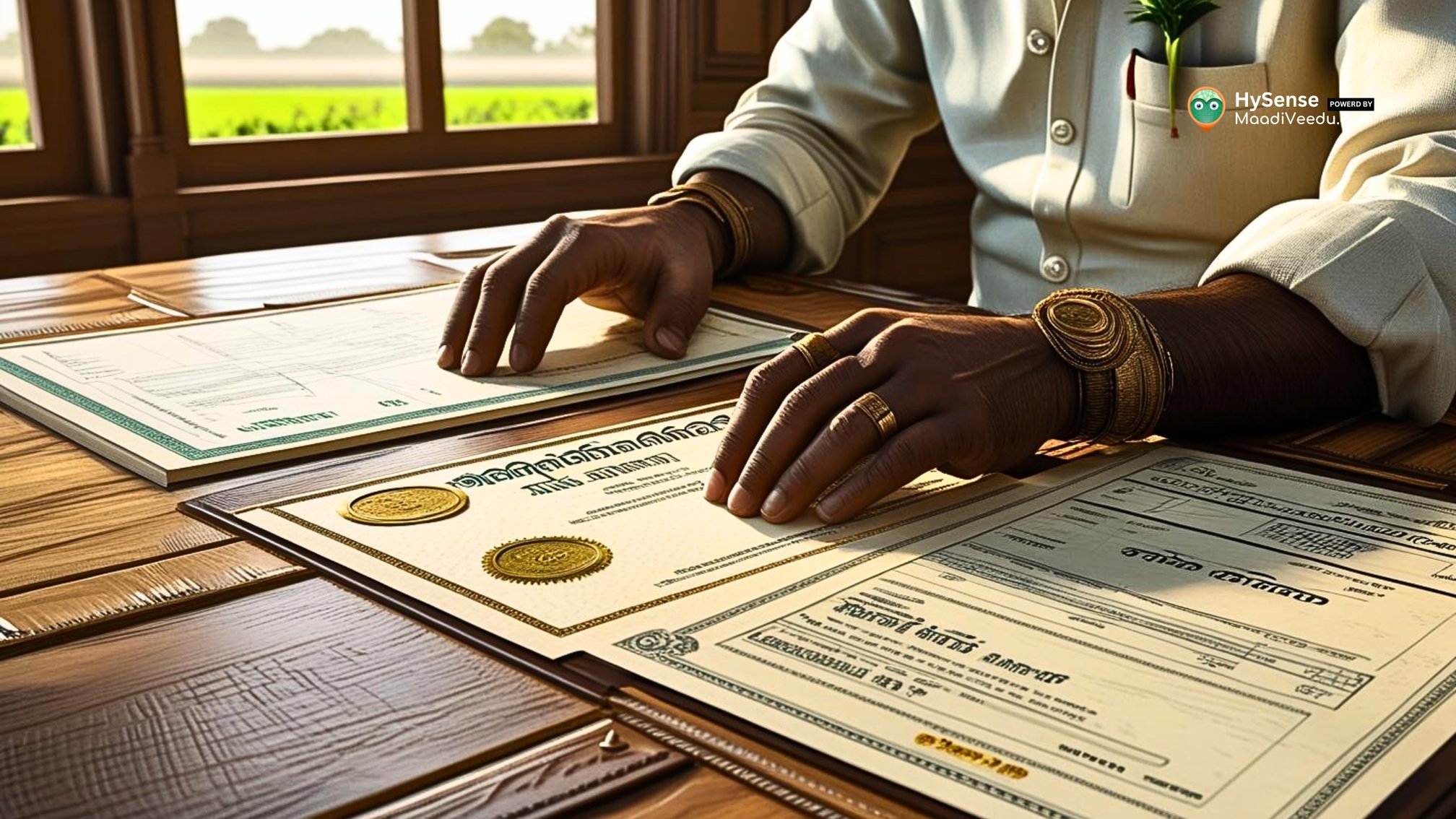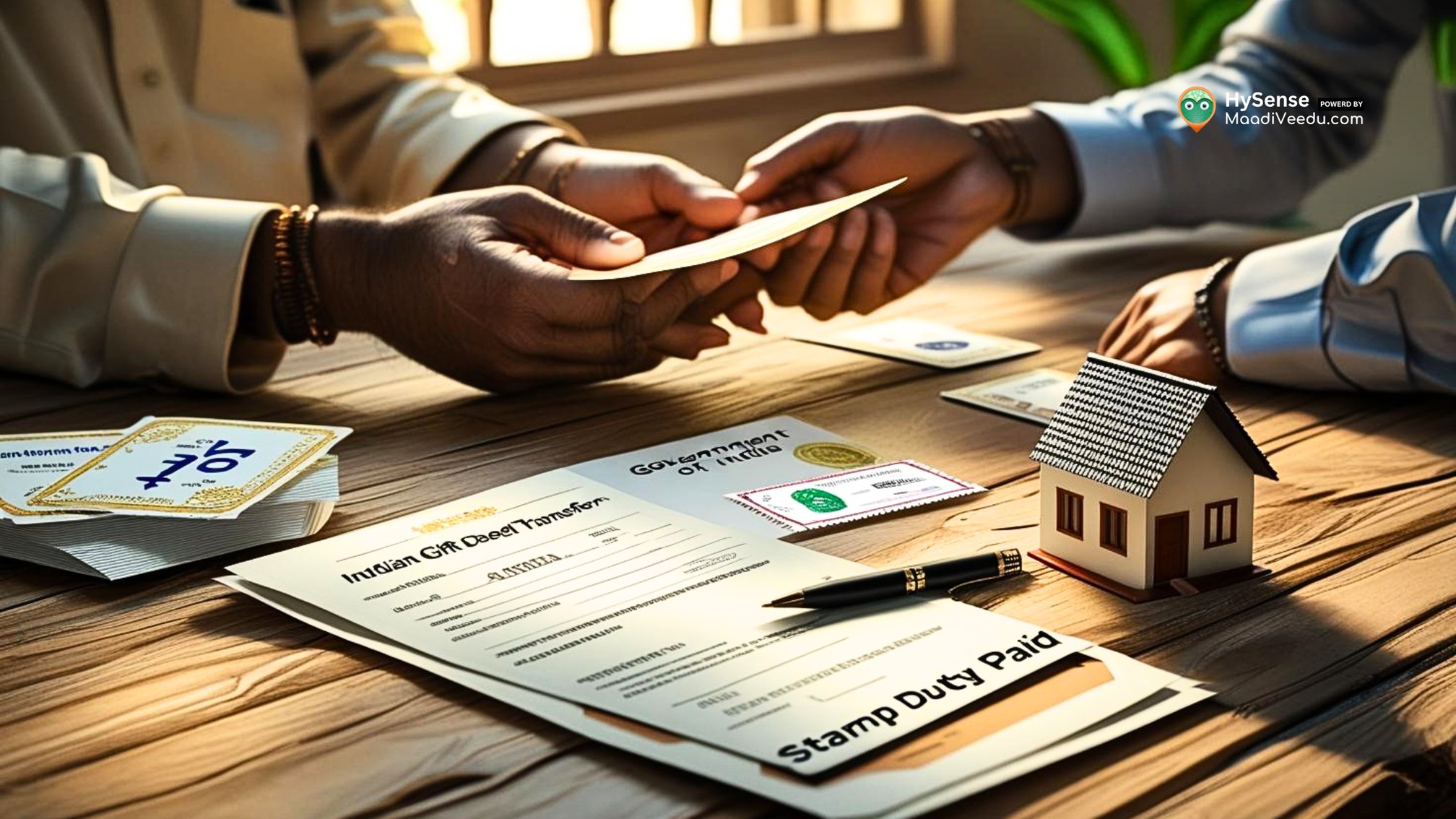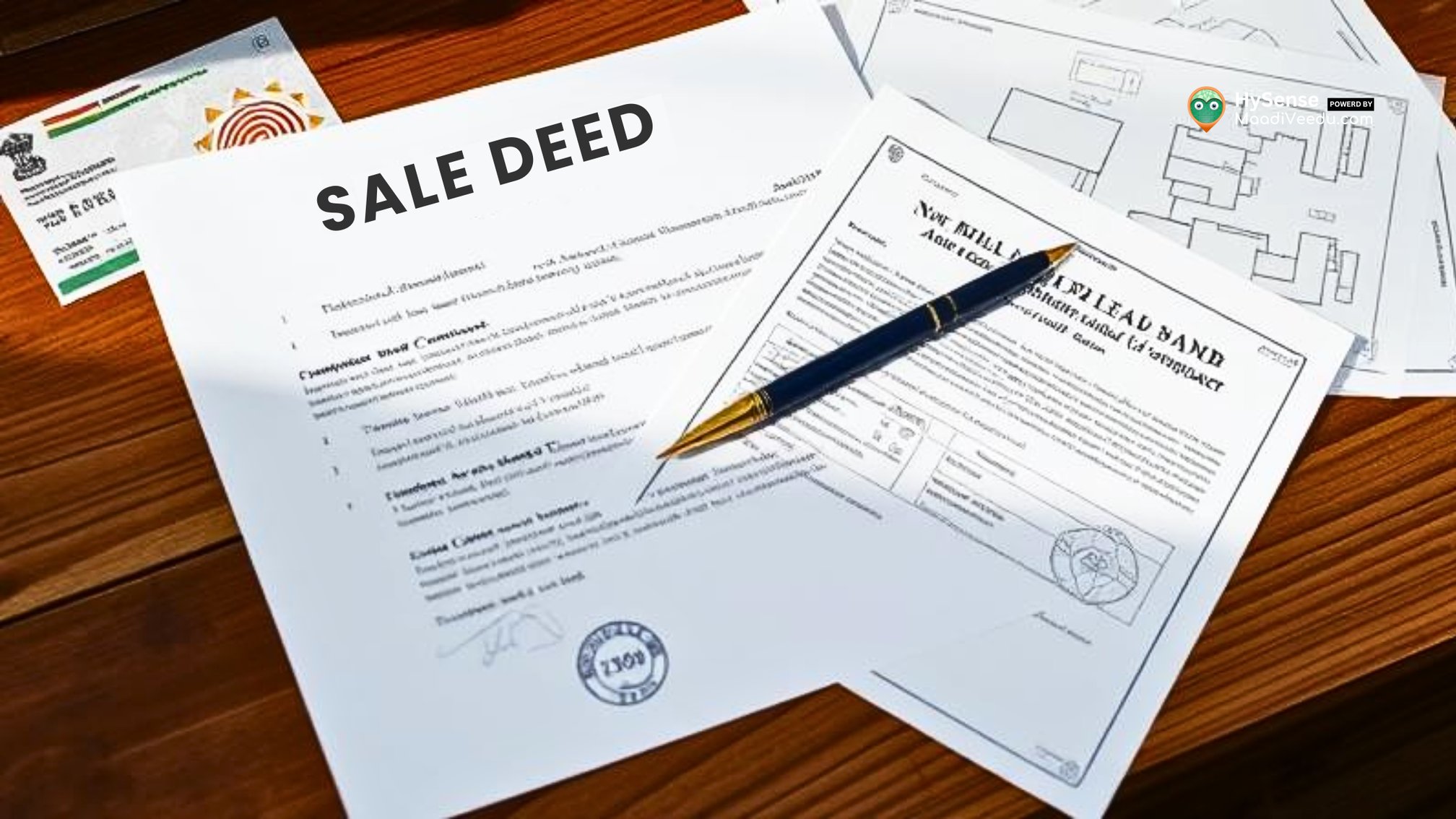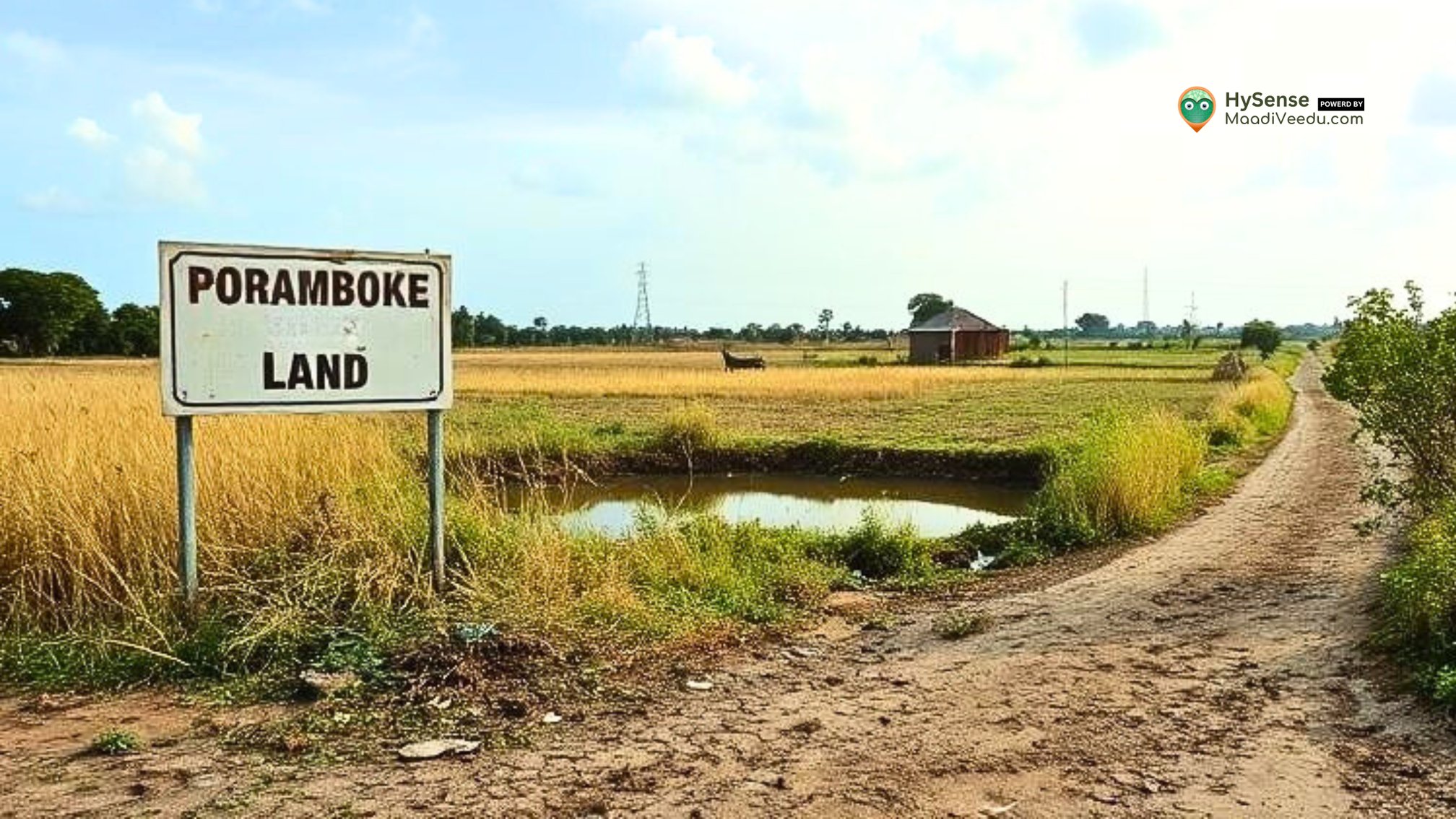Home Loan Closed? Don’t Walk Away Without These 5 Critical Documents!
Closed your home loan? Collect these 5 vital documents to secure ownership, clear lien, and avoid future legal or resale issues.
Table of Contents
Congratulations! 🎉
You’ve crossed one of life’s biggest financial milestones — closing your home loan. The EMI days are finally behind you, and that monthly dent in your bank account is now a thing of the past.
But before you put up your feet and celebrate, there’s one last (and crucial) step left.
Did You Know? Your lender still holds legal rights over your property until certain formalities are completed.
Yes, even if your loan is marked ‘closed’, the property isn’t truly yours unless you collect some important post-closure documents.
Miss out on these, and you could face serious issues while selling, transferring, or even renovating your home in the future.
Quick Question for You:
Have you collected your NDC (No Dues Certificate)?
What about the original Sale Deed or the Loan Closure Statement?
If your answer is "" or "Not yet"... keep reading.
Most homeowners forget this critical step — and it could cost them big time later.
Want to unlock the full checklist and understand how to safeguard your property rights post loan?
Explore properties with clear titles and loan-ready documents check listings here.
Why Collecting Post-Closure Documents Is a Must
When your home loan ends, the relationship with your lender doesn’t just vanish.
Several legal and administrative threads still need to be tied up neatly.
Failing to collect certain documents could leave your property title unclear, or worse, stuck in legal limbo.
Here’s what you must collect:
1. No Dues Certificate (NDC)
This is proof that your loan is fully repaid and there are no outstanding dues.
It officially ends your financial obligations to the bank.
Without this:
- Your credit profile could still reflect an open loan.
- Your future loan eligibility might be affected.
2. Original Property Documents
At the time of loan disbursal, the bank would’ve taken custody of your original documents like:
- Sale Deed
- Mother Deed
- Power of Attorney (if applicable)
- Title Deed
You must collect and verify that every page is intact and stamped as per the bank’s process.
3. Loan Closure Certificate / Statement
A detailed document showing your:
- Repayment history
- Interest paid
- Confirmation of loan closure
This is important for tax and legal purposes.
4. Lien Removal Letter
If the bank registered a lien on your property, you’ll need this letter to remove it from the registrar’s records.
Otherwise, the property will still show as "under lien", restricting sale or transfer.
5. Updated Encumbrance Certificate (EC)
Post closure, you should apply for an updated EC from the sub-registrar office.
This will confirm that the lender no longer has any legal claim over your home.
Estimate EMIs and plan smart — use our Home Loan Calculator for quick, confident financial decisions.
Final Thought: Your Loan May Be Closed. But True Ownership Begins With Documentation
Paying off your home loan is a huge achievement, but ownership isn’t truly yours until the paperwork says so.
Without collecting your NDC, original property documents, and clearing the lien, your legal and financial ties with the lender remain incomplete.
Many homeowners unknowingly walk away from the bank thinking it’s all done — only to face delays, disputes, or rejected property transactions years later.
Don’t let missing paperwork undermine your milestone.
Take the time now to secure your documents — it’s the final step to truly claiming your home, your way.
Planning your next loan? Your repayment record might just make it easier. Read: How to Convert a Plot Loan into a Home Loan – Benefits & Process
Have a question?
Drop it in the comments or email us at customersupport@maadiveedu.com
For more real estate tips, guides, and support, explore MaadiVeedu.com — your trusted property partner.
Also, check our detailed blogs at blog.maadiveedu.com to stay informed and empowered.
Frequently Asked Questions (FAQs)
1. What is an NDC (No Dues Certificate) and why is it important?
An NDC is an official document from your lender confirming that you have repaid your home loan in full. It releases you from any further liability and proves that the lender has no legal claim over your property.
It’s essential for maintaining a clean credit record and for future property transactions.
2. How do I collect my original property documents from the bank after closing the loan?
Once your loan is fully repaid:
- Submit a written request to the bank for document release.
- Carry identity proof and loan account details.
Banks usually return the documents within 7–15 working days, along with an acknowledgment receipt for your records.
3. What if I lose my original home documents collected from the bank?
- Immediately file an FIR with the local police.
- Inform your lender.
- Apply for certified copies at the sub-registrar office where your property is registered.
- You may also need to publish a newspaper notice declaring the loss.
4. Is it necessary to remove the lien from the property after loan closure?
Yes. If a lien was registered, it must be officially removed to free the property title.
This involves:
- Submitting the lien removal letter from the bank to the sub-registrar office.
- Requesting an updated Encumbrance Certificate (EC).
5. Can I sell my house immediately after loan closure?
Yes, but only after collecting all closure documents and ensuring the lien is removed.
Without proper documentation:
- The buyer may hesitate.
- Legal complications could arise during registration.
6. How long should I keep my home loan documents after closure?
It's advisable to retain all home loan documents, including:
- The closure certificate
- NDC
- Repayment history
Keep them for at least 10 years, or permanently if possible.
These may be required for tax audits, credit checks, or legal disputes.




